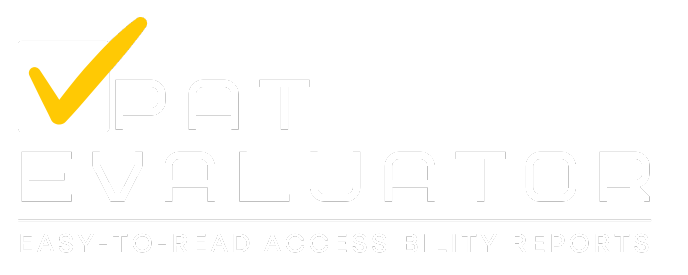Technology Adopters
How Does Accessibility Apply to Me?
Vendors are not required to make their products or environments accessible by law, but the university is. When the university enters into a contract agreement with a vendor that does not offer an accessible product, the university may be found to be out of compliance through discriminatory practices. Whether creating, adopting or purchasing digital content and/or tools, all faculty, staff, administrators, and student groups must all ensure accessibility standards are met.
The scope of these requirements includes but is not limited to software systems (e.g., Instructure Canvas), productivity software (e.g., Microsoft Office), as well as digital content and courseware (e.g., Pearson MyMathLab).
For faculty, staff, administrators, and student organizations, those selecting digital content and tools must take steps to ensure that the federal standards (WCAG 2.1 AA) are met.
If the underlying tools and technologies are not accessibility compliant, then our university community may not be able to engage with our information.

Upload a VPAT® and get the insights you need to begin your
accessibility review with confidence.
Digital Accessibility Training and Resources
- Understanding Digital Accessibility in the Procurement Process – Microassist discusses the importance of digital accessibility for organizations, including legal requirements and purchasing attestations such as Accessibility Conformance Reports (ACRs) based on Voluntary Product Accessibility Templates (VPATs).
- Accessible Technology: It Starts with Procurement – Partnership on Employment & Accessible Technology (PEAT) emphasizes incorporating accessibility into the procurement process and evaluating technology providers’ promises and deliverables.
- Buy Accessible Products and Services – U.S. General Services Administration (GSA) provides guidance for Federal agencies on incorporating accessibility requirements into the procurement process, ensuring that information and communication technology (ICT) products and services meet accessibility standards throughout the acquisition lifecycle.
- Why Accessibility Matters When Buying Technology (and Other Most Asked Questions) – Microassist highlights the importance of incorporating accessibility into the purchasing process to avoid dealing with non-compliant, inaccessible information and communication technology (ICT) products and services. Legal requirements, such as Section 508 of the Rehabilitation Act for federal agencies, underscore the need for evaluating accessibility during procurement.
- Accessibility & Procurement: What do we need to know? – WCET emphasizes that everything executed online by institutions is a service offering or activity and must be accessible, urging against being penny-wise and pound-foolish.
- How do I interpret a VPAT? – Sonoma State University provides guidance on how to review a VPAT (Voluntary Product Accessibility Template) which is a document prepared by a product developer or vendor. It describes how well the product conforms to the accessibility standards of Section 508 of the Rehabilitation Act.
- Evaluating Publisher Content for Accessibility – Carl Sandberg College emphasizes the critical role of reviewing textbooks for accessibility, ensuring that instructors select materials that cater to all students’ needs.
- 1EdTech Trusted Apps Directory is an official listing of products and applications reviewed, vetted, or certified by 1EdTech. The review process also includes digital accessibility.
